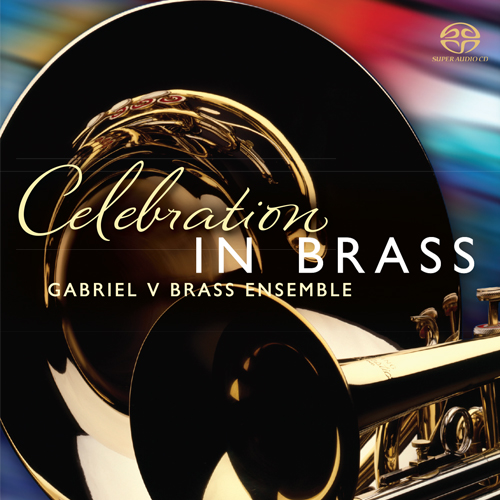Over the Centuries, aspects of Mary’s life were celebrated with various feasts; the first ones were connected with the essential facts surrounding Jesus’s birth. As devotion to Mary increased and flowered over time, later feasts developed, including the Feast of the Immaculate Conception of the Blessed Virgin Mary.
The Feast of the Immaculate Conception was officially proclaimed in 1854, though the faithful had sung songs to honor this tenet of belie f in popular devotion for centuries before. Florid in both melody and text, the Gradual Benedícta es tu features high and lengthy melismas, possibly implying Mary’s relationship with heaven, and her constant encouragement in pointing us up to her Son. Then it comes back to a lower range, reminding us perhaps that God chose an earthly, human vessel—like us—to co-work with him, and fulfill his plan of love and salvation for his people.
The Introit for this Feast, Gaudens gaudébo, weds past and present in many ways. Mary herself sings this song from the womb of her mother, Anne, with the words of the Old Testament prophet Isaiah. Almost from the moment of her conception, it seems, she points the way to Christ with unequivocal joy. Even the tune for this piece, composed in the 1800s, was borrowed from a more ancient melody. So her joy becomes our joy, and that spark of divinity occurring in a moment more than two thousand years ago can happen in our hearts today
Tracklist
Please note that the below previews are loaded as 44.1 kHz / 16 bit.Total time: 01:05:20
Additional information
| Label | |
|---|---|
| SKU | GDCD055 |
| Qualities | |
| Channels | 2ch Stereo, 5 Channel Surround Sound, 2ch Stereo & 5ch Surround |
| Artists | |
| Composers | |
| Genres | |
| Mastering Engineer | Mark Donahue |
| Original Recording Format | |
| Producer | Banton Alspaugh, Richard K. Pugsley |
| Recording Engineer | John Newton |
| Recording location | Church of the Transfiguration, Orleans Mass. |
| Recording Type & Bit Rate | DSD64 |
| Recording Software | Pyramix |
| Instruments | |
| Release Date | January 1, 1970 |
Press reviews
American Record Guide
“. . . a wonderful anthology of chants taken from various feasts of the Virgin Mary”
The Kansas City Star
“Three of the finest chant CDs have been released over the last year by Gloriæ Dei Cantores: The Chants of Angels, The Chants of Mary performed by the men of the ensemble, and The Chants of the Holy Spirit, performed by the women.”
Fanfare Magazine
“The excellence of interpretation is not surprising, for the first members of the Gloriæ Dei Cantores spent some time at Cambridge studying chant with Mary Berry in the 1980s. . . . the sequence Stabat Mater is superbly executed. The verses of the offertory Ave Maria, too, are expertly rendered.”
“The surround sound provides a nice sense of space around the singers. While I have always approved the schola’s chant recordings, these two discs attain a new height of excellence, the best chant singing of any American choir.”
Audiophile Audition
“. . . [they] sing with unalloyed grace in their voices, powerful, not especially churchlike or considerate of monastic-like uniformity, but as I imagine the music was at one time performed in the public churches. The men of this Schola bring not only a spiritual sense but also some full-blooded and genuinely religious fervor, as if the Latin words on the paper are pregnant with real meaning and an otherworldly mysticism, not just syllables to accompany dull or routine monody.”
“The surround sound is excellent, well-balanced and well-filled. This is yet another superb production (full color booklet and wonderful notes) from a source that sets the example time and time again. Do delve into the clear, cool waters of Gregorian chant—and this is a perfect place to start.”
Only logged in customers who have purchased this product may leave a review.


Reviews
There are no reviews yet.